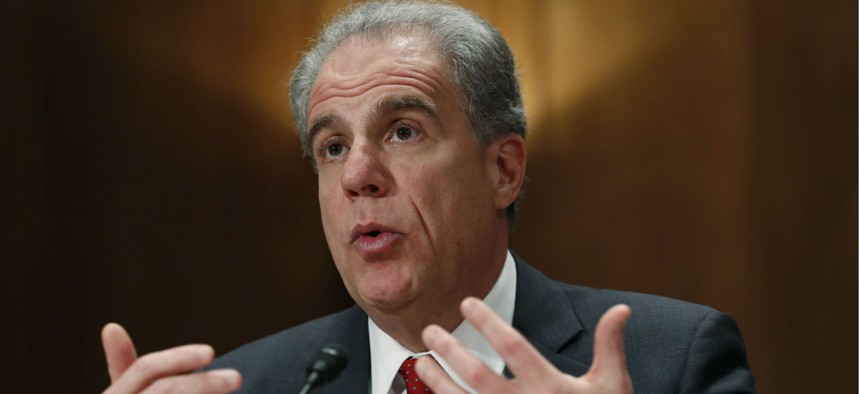IG Council Launches Online Tracker to Draw Attention to Vacancies
New tool is part of a series of reforms to Oversight.gov.
The independent oversight body for the inspector general community launched its vacancy tracker on Tuesday.
The Council of the Inspectors General on Integrity and Efficiency’s tracker lists the unfilled positions and how long they’ve been vacant. CIGIE Chair and Justice Department Inspector General Michael Horowitz first spoke about the tracker in June; it is part of a series of improvements to Oversight.gov that began in 2018 and have received bipartisan support.
Out of the 74 offices required by law to have inspectors general, 11 currently lack permanent watchdogs, according to the tracker.
“Filling vacant inspector general positions has long been a priority for the oversight community,” Horowitz said. “No matter how able or experienced an acting inspector general may be, permanent leadership at any organization is important for stability and long-term success. Further, by virtue of the authority provided for in the IG Act, permanent IGs inevitably are seen as having greater independence. As such, a timely process for addressing vacant IG positions is crucial to an [Office of Inspector General] success in overseeing federal programs and personnel.”
The council said it received $2 million in fiscal 2019 and $1 million in fiscal 2020 to improve the website “as a good government and transparency tool.” The council has also launched a whistleblower resources page and is working on creating a database of all open IG recommendations.
Although IG vacancies have gotten considerable attention under the Trump administration, this has been an issue across presidential administrations, as professors Kathryn Newcomer and Charles Johnson wrote in their recent book, “U.S. Inspectors General: Truth Tellers in Turbulent Times.” They wrote that from 1978 to 2016, “presidential delays in nominating new IGs account for more of the vacancy duration than does senatorial delay in confirming them once nominated.” They observed it’s “clear that IGs are different from other classes of appointments that have consistent, powerful advocates outside the administration to push for swift nomination and confirmation.”
The nonprofit watchdog Project on Government Oversight has been tracking IG vacancies since February 2012 following many news stories about the empty positions, said Nick Schwellenbach, POGO senior investigator. The IG council has used the nonprofit’s data in creating its own tracker, according to the council.
Schwellenbach told Government Executive he is “heartened” that the government has recognized the importance of alerting the general public, journalists and Congress about these vacancies by creating the new tracker. “We’re glad when the government puts us out of business by doing the right thing,” Schwellenbach said. For the foreseeable future POGO will continue its tracker, but may divert time and resources to other initiatives going forward.
CIGIE Vice Chair and National Science Foundation Inspector General Allison Lerner oversees the initiative. She said, “It is vital to fill these vacancies in a timely fashion to ensure the continuation of the independent, non-partisan oversight [Offices of Inspectors General] provide.”




